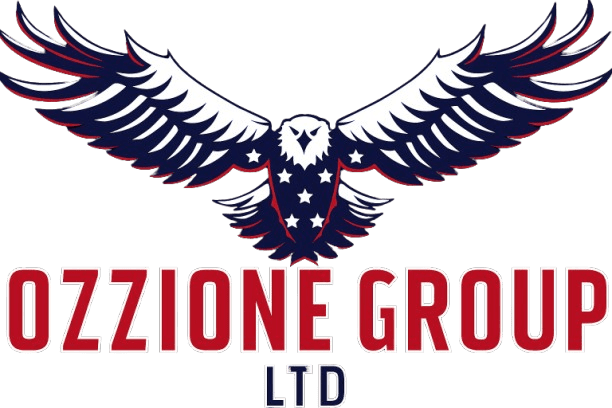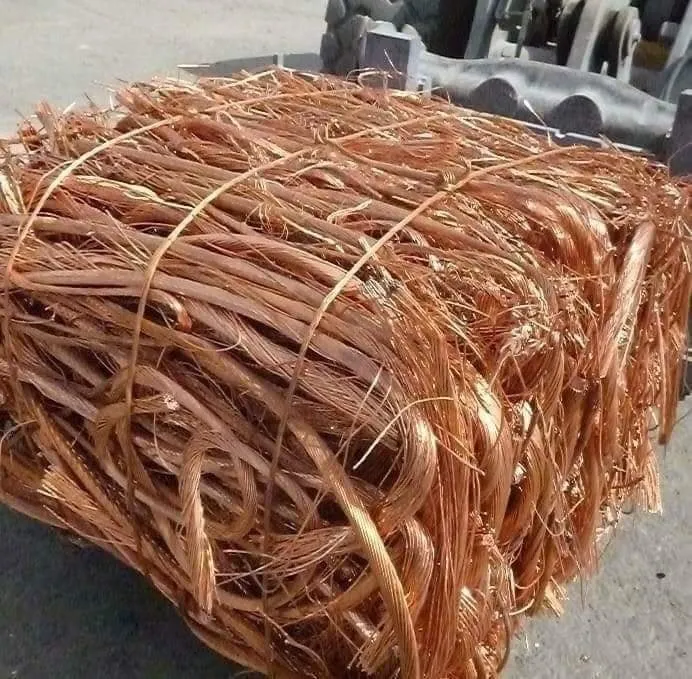Copper Cable Wire Scrap: A Valuable Resource in the Recycling Industry
Copper cable wire scrap plays a significant role in the metal recycling industry. As one of the most widely used materials in electrical wiring, telecommunications, and industrial applications, copper cable scrap remains in high demand due to its excellent conductivity and recyclability. Therefore, whether you are a recycler, contractor, or individual looking to sell scrap metal, understanding the value and market for copper cable wire scrap can help you get the best returns.
What Is Copper Cable Wire Scraps?
Copper cable wire scraps refers to discarded or unused copper wiring removed from electrical cables, power lines, appliances, or construction sites. It often includes insulated or bare copper wires and cables that are no longer functional but still contain valuable copper metal.
Copper cable wire scraps can come in various forms, such as:
- Insulated copper cable (with plastic or rubber coating)
- Bare copper wire (stripped of insulation)
- Coaxial cables (used in telecommunications)
- Power cables (used in high-voltage transmission)
Because of this variety, the scrap differs in value and recycling methods.
Why Is Copper Cable Wire Scrap Valuable?
Copper is one of the most valuable non-ferrous metals due to its high conductivity, corrosion resistance, and durability. Moreover, recycling copper cable wire scrap reduces the need for mining new copper, saving energy and minimizing environmental impact.
The value of copper cable wire scrap depends largely on:
- The purity and grade of copper in the cable
- Whether the wire is insulated or bare
- Current global copper market prices
Typically, bare copper wire commands a higher price than insulated wire because the insulation must be removed during processing.
Factors Affecting Copper Cable Wire Scrap Price
Several factors influence the price of copper cable wire scraps:
- Copper Content: The percentage of copper in the cable affects its price. For example, thicker cables with more copper will fetch higher prices.
- Condition of the Scrap: Clean, sorted scrap without contaminants is valued higher.
- Global Copper Market: International copper prices fluctuate due to supply and demand, geopolitical events, and industrial activity.
- Local Demand and Supply: Regional recycling centers and scrap yards set prices based on local market conditions.
- Processing Costs: Removing insulation and preparing scrap wire for recycling impacts the final payout.
Therefore, sellers should consider these aspects before selling their scrap.
Tips for Selling Copper Cable Wire Scraps
To maximize returns, follow these practical tips:
- Strip insulation when possible: Removing insulation increases scrap value.
- Sort by grade: Separate bare copper from insulated or mixed cables for better pricing.
- Clean your scrap: Remove dirt and other metals to improve value.
- Compare prices: Check rates from multiple scrap yards before selling.
- Stay updated: Monitor copper prices regularly to sell when the market is favorable.
By doing so, you enhance your chances of receiving the best offers.
Conclusion
In conclusion, copper cable wire scraps remains a highly valuable resource in metal recycling. Understanding its types, value drivers, and market conditions helps sellers optimize profits while contributing to sustainable practices. Whether you’re a small-scale collector or a large recycler, staying informed about copper cable wire scraps pricing and preparation can significantly enhance your earnings.

